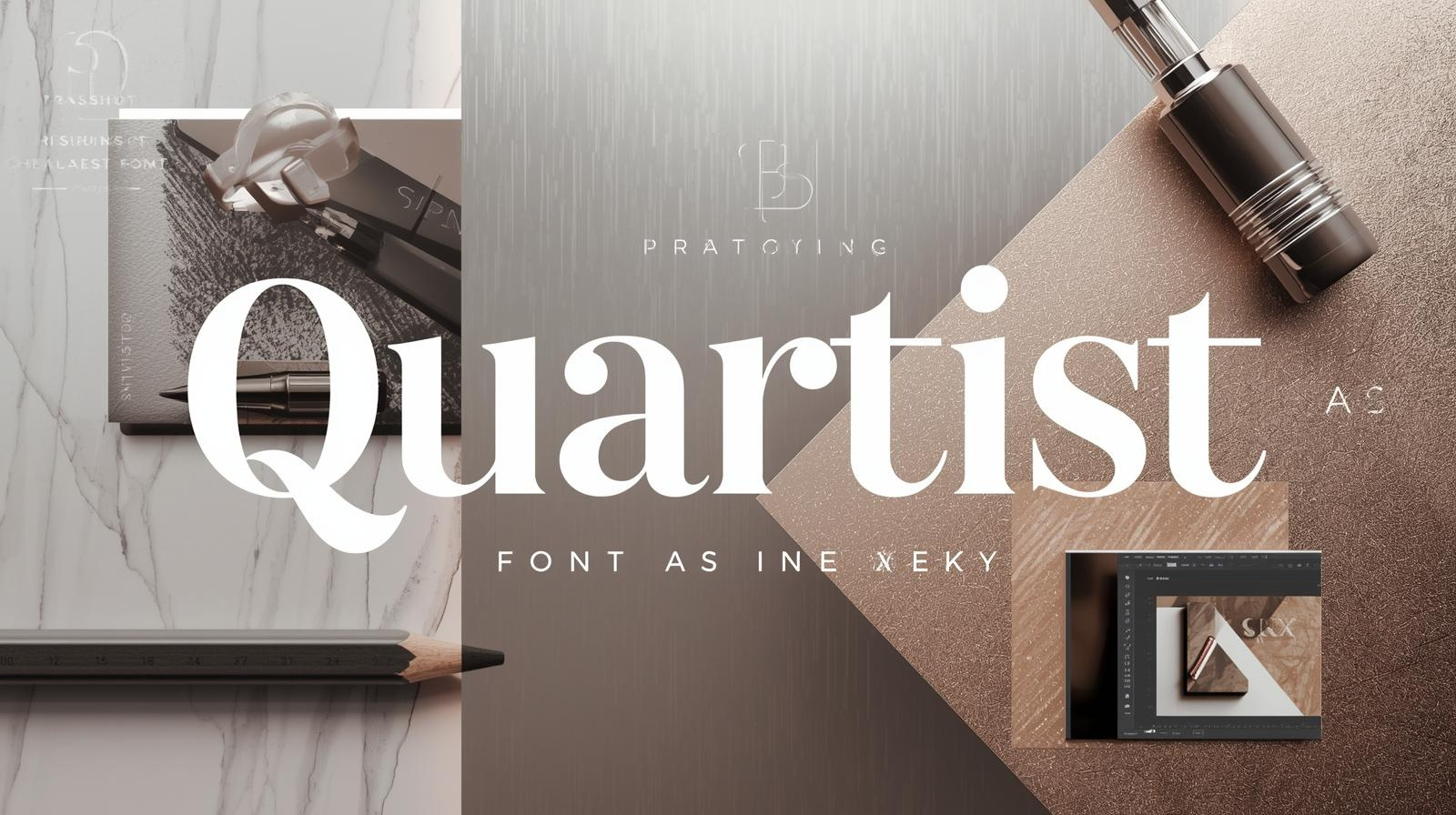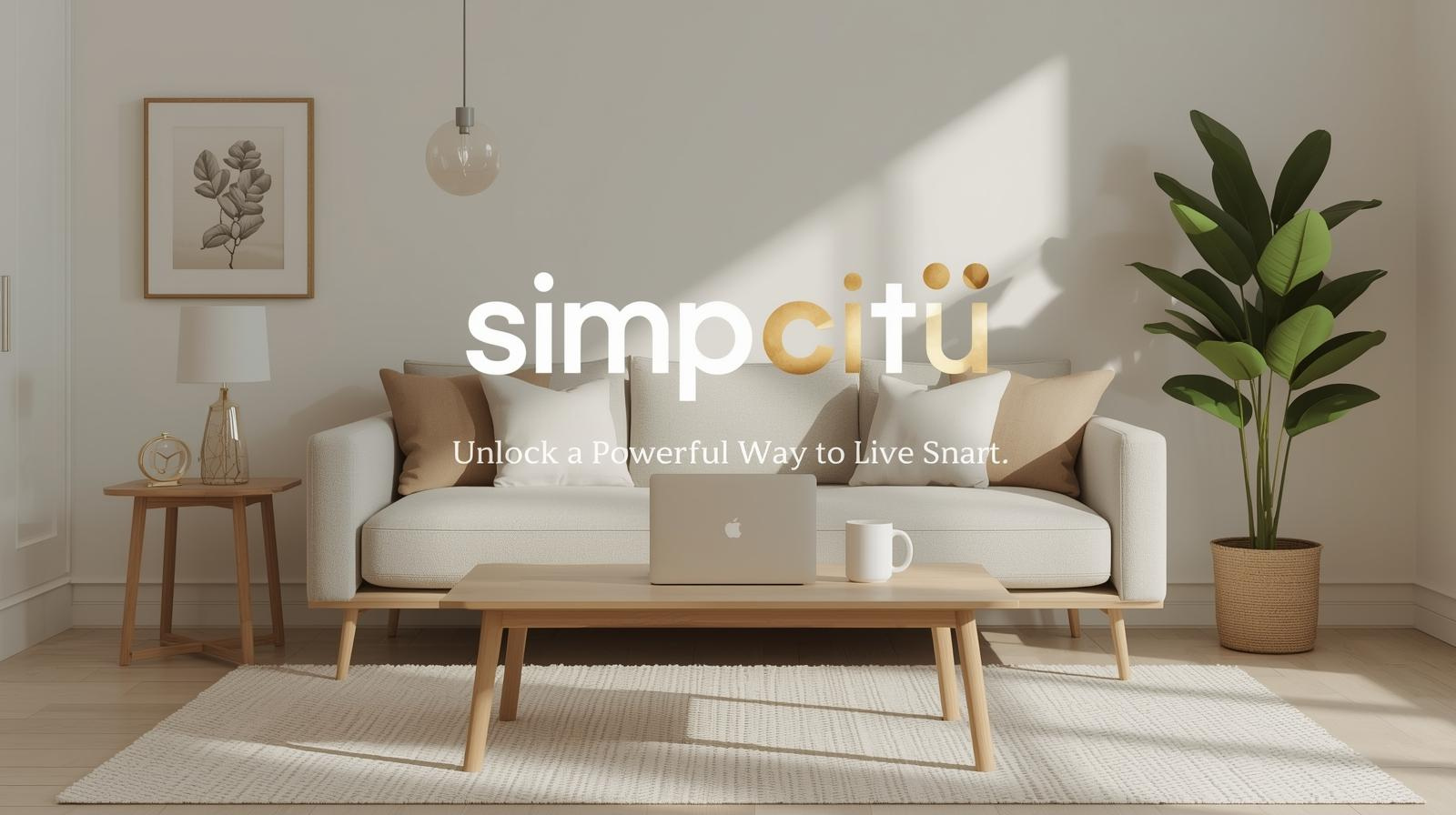Modern architecture has embraced a profound transformation, putting light, openness, and continuity at its core. Open and seamless designs have grown in popularity as homeowners seek spaces that feel larger, brighter, and more connected to their surroundings. By blending thoughtful layouts, extensive use of natural light, and materials like glass, these designs create living environments that are both functional and deeply inspiring.
The Appeal of Open and Seamless Designs
Bringing the Outdoors Inside
One of the key benefits of open and seamless spaces is their ability to merge indoor and outdoor environments effortlessly. Large windows, sliding glass doors, and transparent walls can make outdoor landscapes feel like an extension of the home. This connection enables residents to appreciate nature’s beauty without leaving their homes, promoting mental well-being and fostering a sense of calm.
Homes with open designs often maximize the availability of natural light. Flooding key areas with sunlight not only enhances aesthetics but also help reduce energy costs. Bright spaces feel inviting and can uplift moods, making them ideal for living, working, or entertaining.
Fluidity Through Layout
An open floor plan makes spaces feel larger by eliminating physical barriers such as walls or closed-off hallways. This flow allows light and air to circulate freely, creating a sense of spaciousness. Kitchens blend seamlessly into dining and living areas, encouraging conversation and interaction among family members or guests. The continuity is especially valuable for those who enjoy hosting gatherings or simply value a clutter-free, unified home environment.
The Role of Materials in Seamless Design
The materials used in creating open designs play an essential role in achieving the desired harmony. Glass, in particular, stands out as a versatile material that enhances transparency and openness. From full-length windows to interior partitions, glass offers a modern, sleek aesthetic while preserving privacy. For example, in regions like Logan, Utah, residential glass options are tailored to match varying needs, offering both function and form in home designs.
Natural materials such as wood and stone are often incorporated alongside glass to create a balance of earthy warmth and contemporary style. These elements complement each other, resulting in a cohesive yet vibrant ambiance.
The Practical Perks of Open Spaces
Improved Functionality
Open layouts aren’t just stylish, they’re practical. The seamless flow between rooms makes it easier to move around the house, ideal for families with children or anyone with mobility needs. Every corner of the home can be used creatively and efficiently, whether for work, relaxation, or hobbies.
For example, combining a dining room and kitchen allows for a streamlined experience when preparing and serving meals, while creating sightlines to keep an eye on activities in adjoining areas. Spaces that transition smoothly into one another also provide flexibility for reconfiguring furniture or adapting rooms to evolving needs.
Energy Efficiency
Homes designed with openness and natural light in mind often result in lower energy consumption. Well-placed windows and skylights reduce the need for artificial lighting during daylight hours. Glass with energy-efficient coatings can maintain comfortable indoor temperatures by minimizing heat loss in winter and excessive heat gain in summer. This is not only eco-friendly but also reduces power bills, a win-win for homeowners.
Versatility for Modern Living
Another advantage of seamless design is how well it meshes with contemporary lifestyles. With the rise of hybrid work environments, many people require multifunctional areas that can shift between personal and professional purposes. For instance, an open-plan living area could easily accommodate a desk or designated workspace without feeling cluttered. This versatility ensures that the design adapts to the homeowner’s habits rather than limiting them.
Designing for Openness
Strategic Lighting
To achieve the most from an open layout, prioritizing strategic lighting is essential. Choosing expansive windows or light wells maximizes natural sunlight throughout the day, while layering artificial lights such as recessed fixtures, pendants, or floor lamps can enhance nighttime functionality. A well-lit space feels welcoming regardless of the time of day.
Thoughtful Layout Planning
An effective open design isn’t just about removing walls; it’s about creating intentional zones within a larger space. By using area rugs, furniture placement, or plants to define boundaries, you can maintain a cohesive yet functional flow. This thoughtful zoning ensures openness but allows each section of the home to serve its purpose seamlessly.
Leveraging Modern Glass Innovations
Thanks to advancements in glass manufacturing, homes today benefit from features like noise reduction, tinted options for added privacy, or even switchable smart glass that can transition from clear to opaque as needed. These innovations amplify the beauty and functionality of open designs, ensuring they remain practical for both urban and suburban contexts.
Why Open Living Works
Open and seamless designs offer more than just aesthetic appeal; they enhance everyday life by creating brighter, more connected spaces that support well-being and efficiency. From blending interiors with nature to making homes adaptable to changing needs, these designs reflect modern living at its finest. By incorporating materials like glass and maximizing natural light, homeowners can craft environments that are as practical as they are inspiring.
Whether you’re starting from scratch or renovating your existing space, consider the power of openness. With thoughtful planning and innovative materials, you can create a home that captures the essence of modern comfort and elegance.




